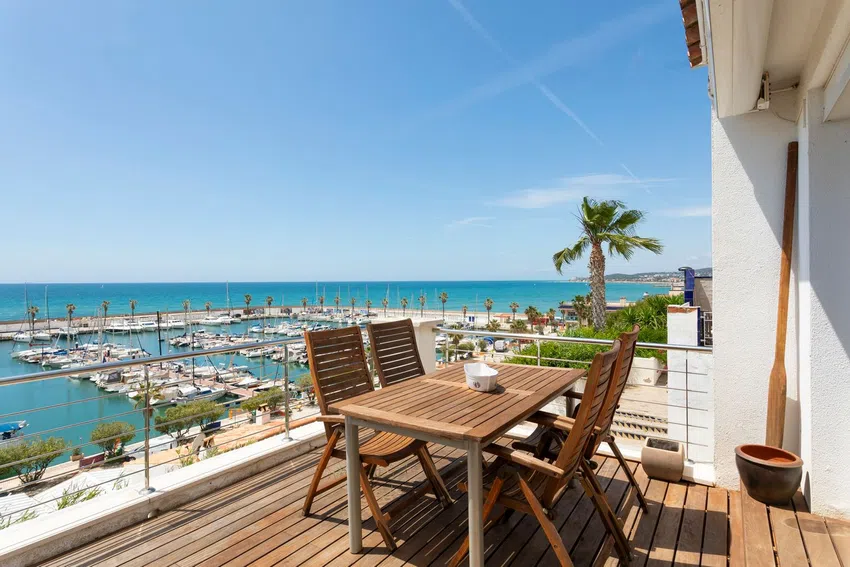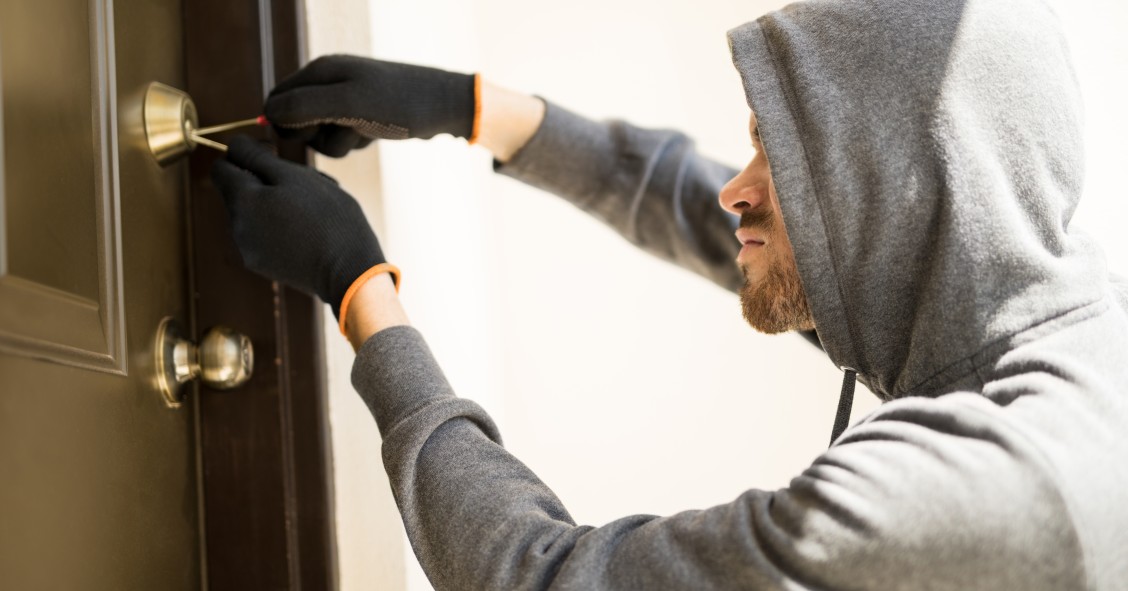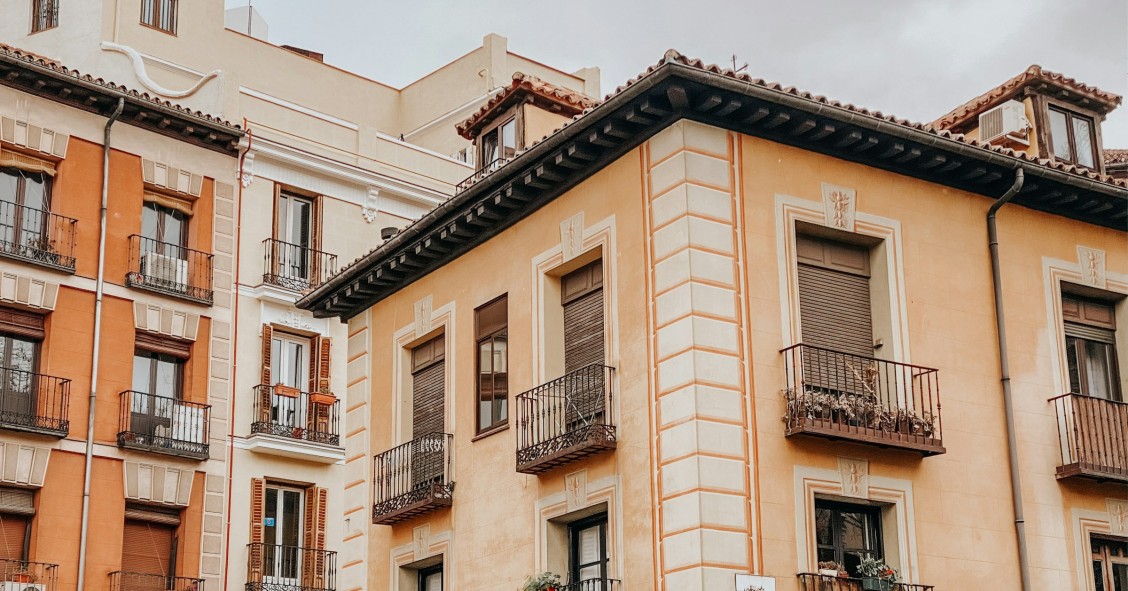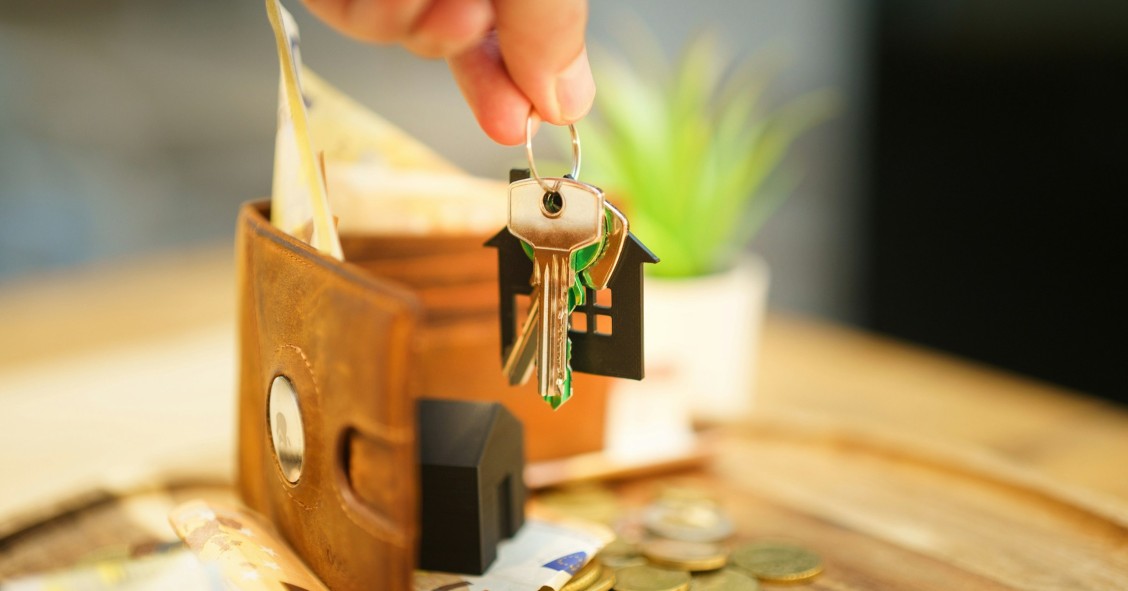Second homes are often left uninhabited for extended periods, making them particularly appealing to those wanting to squat somewhere.
In this article, we explore why second homes are so vulnerable and the steps you can take to protect them.
Why are second homes in the spotlight?
Owning a second home comes with various challenges that, unfortunately, can result in undesirable situations for its owners:
Long periods of inactivity
The defining characteristic of second homes is that they often remain unoccupied for weeks or even months. This extended absence makes it easier for squatters to take up residence without the owners noticing in time.
"Marta owns a summer house on the Costa Brava. Months later, she discovered that her property had been occupied while she was living in Madrid. The delay in detecting the issue complicated and prolonged the eviction process."
Quiet location
Many of these properties are situated in rural or coastal areas, where there is less neighbourhood surveillance, allowing squatters to enter without drawing attention.
In remote developments, communities are often sparsely inhabited during the off-season, which further facilitates squatters entering a property.
Harder for owners to act quickly
Being far from the property, owners often take a long time to discover the occupation, which delays their ability to act swiftly and initiate the eviction process.
According to legal experts, acting in the first few days is key to evicting squatters before the situation becomes legally complicated.
The consequences of second home squatting
Squatting a second home has serious implications:
- High legal and eviction costs: Repossessing an illegally occupied property can incur costs of thousands of euros in legal fees, court charges and other associated expenses.
- Property damage: Squatters can cause considerable damage to the property, including harm to doors, windows and electrical installations, as well as acts of vandalism that drive up repair costs.
- Administrative problems and sanctions: In some cases, owners may face fines or complaints from the town or city council, often due to the accumulation of rubbish and dirt or noise and disturbances in the neighbourhood.
How to protect your second home from squatters?
If you want to avoid squatters from entering your second home, follow these tips:
Take out anti-squatter insurance
Anti-squatter insurance is an effective and economical solution to minimise risks. This type of insurance covers:
- Legal expenses for eviction
- Material damage caused by squatters
- Legal advice from the very beginning
"Ana took out anti-squatter insurance for her country house. After an illegal occupation, the insurance company's specialised lawyers handled the eviction, acting more quickly and without any additional costs for her."
Install physical security measures
Installing smart locks, video surveillance cameras or alarm systems can help deter squatters and alert you in the event of an attempted occupation.
Be actively present
Conducting regular visits or staying in touch with neighbours can help you quickly spot any suspicious activity at the property.
The importance of acting in advance
idealista and ARAG have partnered to provide an effective solution to this growing issue. Protecting your second home is not only a matter of peace of mind but also a crucial step in safeguarding your investment and preventing legal and financial complications. While squatters pose a genuine threat, the right measures can help minimise these risks.
Worried about squatting? Don’t leave it to chance. Take out idealista's Anti-Squatters insurance by ARAG and protect your second home.







